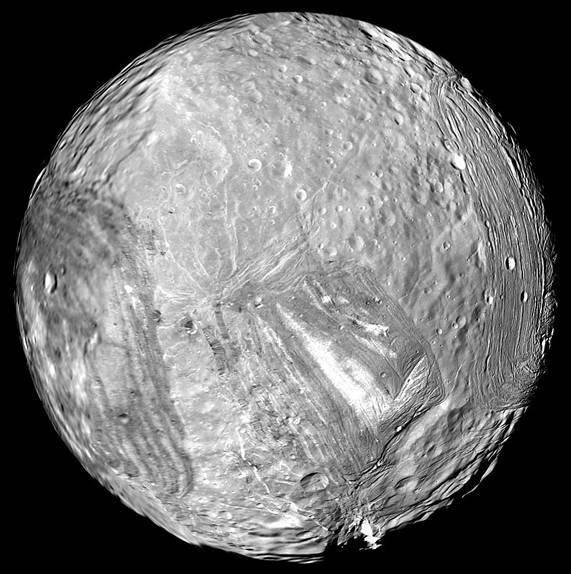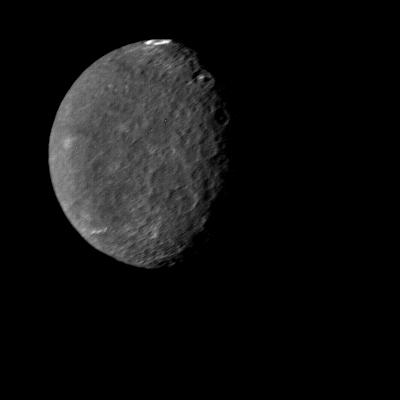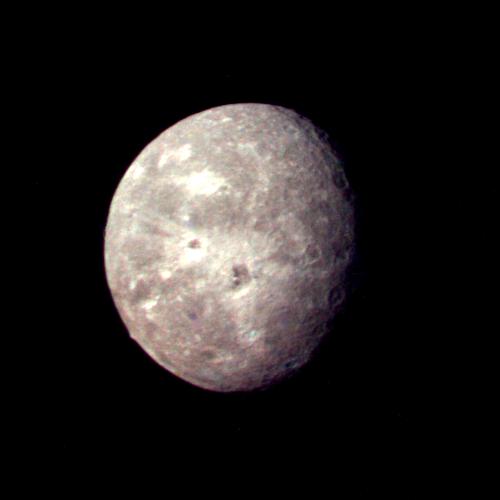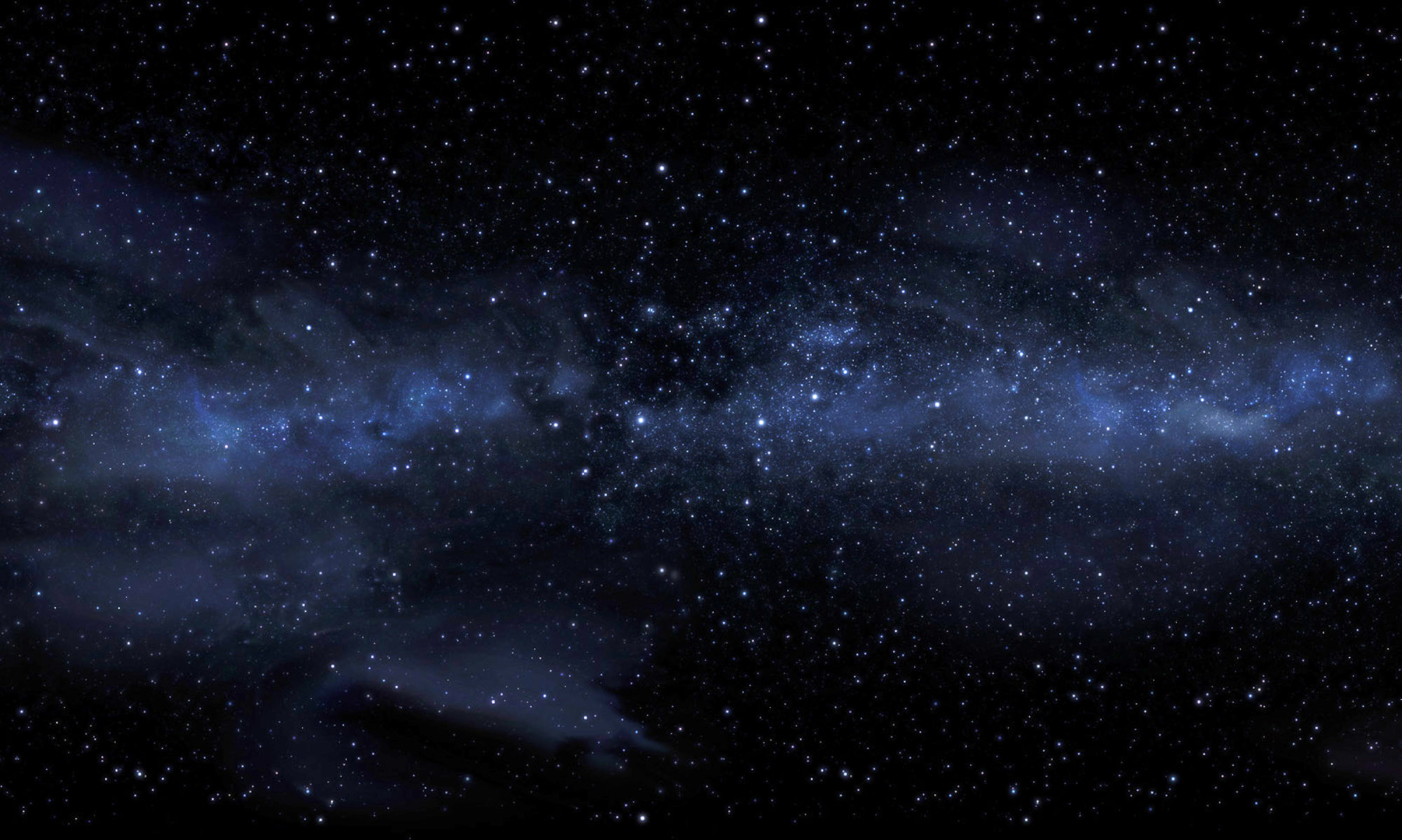What would terraforming look like for candidates in Uranus’ orbit?

Journeying to the edge of our Solar System isn’t going to be taken lightly, so could we lighten these epic journeys by finding some terraforming candidates in Uranus’ orbit? By creating habitable worlds near the edge of our Solar System we’d be able to launch into far deeper realms of space, enable vital refueling and restocking of expeditions and ease the strain on other colonized worlds.
But is this even remotely possible? Can we even consider terraforming any of the Uranian moons? Well, there are 6 potential candidates orbiting Uranus; Miranda, Ariel, Umbriel, Titania, and Oberon. Plus, Uranus has Puck. Puck doesn’t get included in the first list because of its irregular shape.
Terraforming Miranda

Starting at the smaller end of the moons by diameter (not including Puck), we have Miranda. Miranda holds claim of being one of the smallest spherical, orbiting objects in our Solar System, second only to Mimas (the death star lookalike moon of Saturn). Miranda doesn’t win any immediate prizes for terraforming candidacy thanks to its tiny size relative to Earth (at only 0.81%) but that doesn’t exclude it from use completely.
Rather than becoming a wholly colonized body, humans could look to Miranda for farming or resource stocking. Thanks to its close proximity to Uranus itself, should we create gas farming stations in the atmosphere of the planet, Miranda could be used as resupply or rest station.
Terraforming Ariel

Ariel steps things up considerably in size (relatively) and is well over twice the size of the smallest moon, Miranda. But, that said, it is still only 2.64% the size of Earth with a diameter of a mere 719 miles. Once again, the small size likely excludes it from a permanent terraforming project but, similar to Miranda, Ariel does have a strong resource base. The crust and mantle of the moon has healthy reserves of water (ice) and natural gases which could be mined. Long term terraforming for Ariel? Likely not.
Terraforming Umbriel

Umbriel presents a serious challenge. When compared to the nearby candidates in the Uranian system, it might not be a first choice, but then where’s the fun in taking the easy route? Its size isn’t one of the largest in the area, it has an unhelpful composition in terms of chemicals and makeup, plus it is far less dense. Umbriel, I’m afraid you’re not about to be our first choice. One for the hardcore terraformers.
Terraforming Titania

Now we’re talking. Titania holds the prize for being the largest of the moons in orbit around Uranus, but still is nothing in comparison to Earth. That said, where Titania shines is the distance that it stands from Uranus itself whilst holding orbit. This might not sound like a big selling point, but it means that it faces considerably less radiation damage from its mother planet, making it far more habitable. Titania would likely act as something of a training camp to allow humans to acclimatize to life this far from the sun before heading deeper into space.
Terraforming Oberon

Similar to Titania but smaller in size, Oberon presents itself as a better potential candidate for terraforming. It is composed of ice and rock which lends itself to terraforming practically and provides a potential water source. That said, at this distance from the sun combined with the fact that it is a the very edge of a reasonable orbit from Uranus. Oberon would require a great deal of heating and introduction of greenhouse gases to bring it into the realm of terraforming.
But what about Puck, we hear you cry.
Puck is generally referred to as “approximately spherical” which isn’t ideal for terraforming as it would be wildly unpredictable in both orbit and rotation. It is as close as it gets to Uranus which means a huge amount of radiation, plus it is completely pocketed with impact craters. Impact craters means impacts, and going through the efforts of terraforming for it to be wiped out shortly after isn’t a positive indicator.
So, no Puck, you’re not in our terraforming candidates in Uranus’ orbit.
Want to try terraforming Uranus’ moons for yourself? Download TerraGenesis today!
